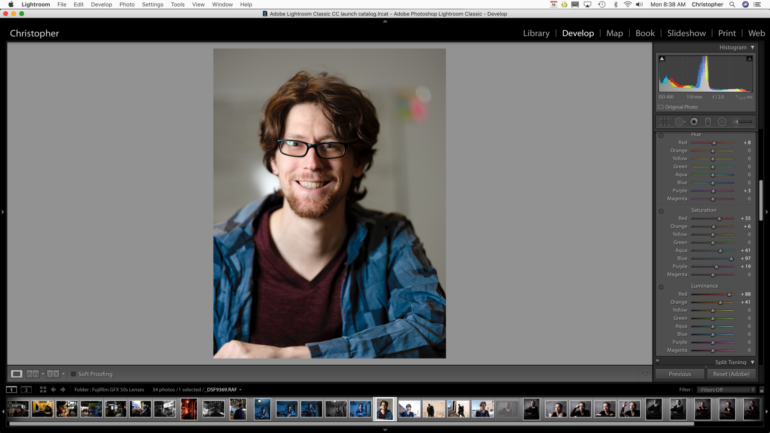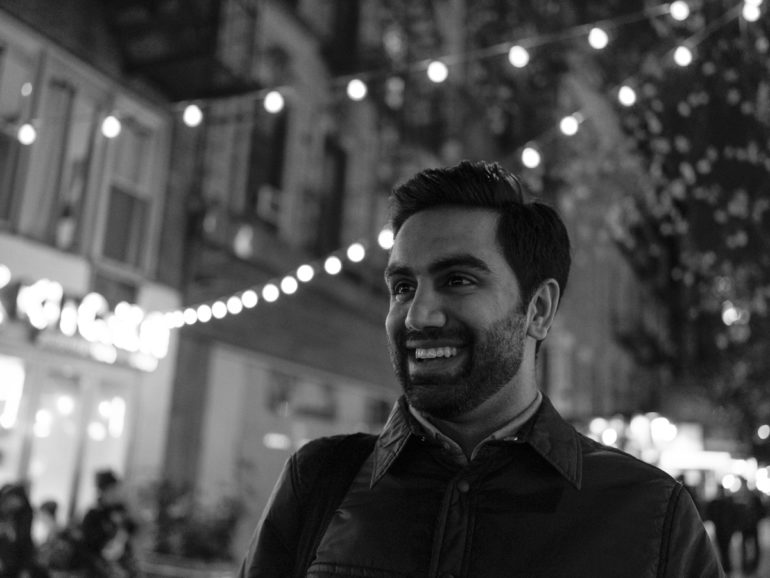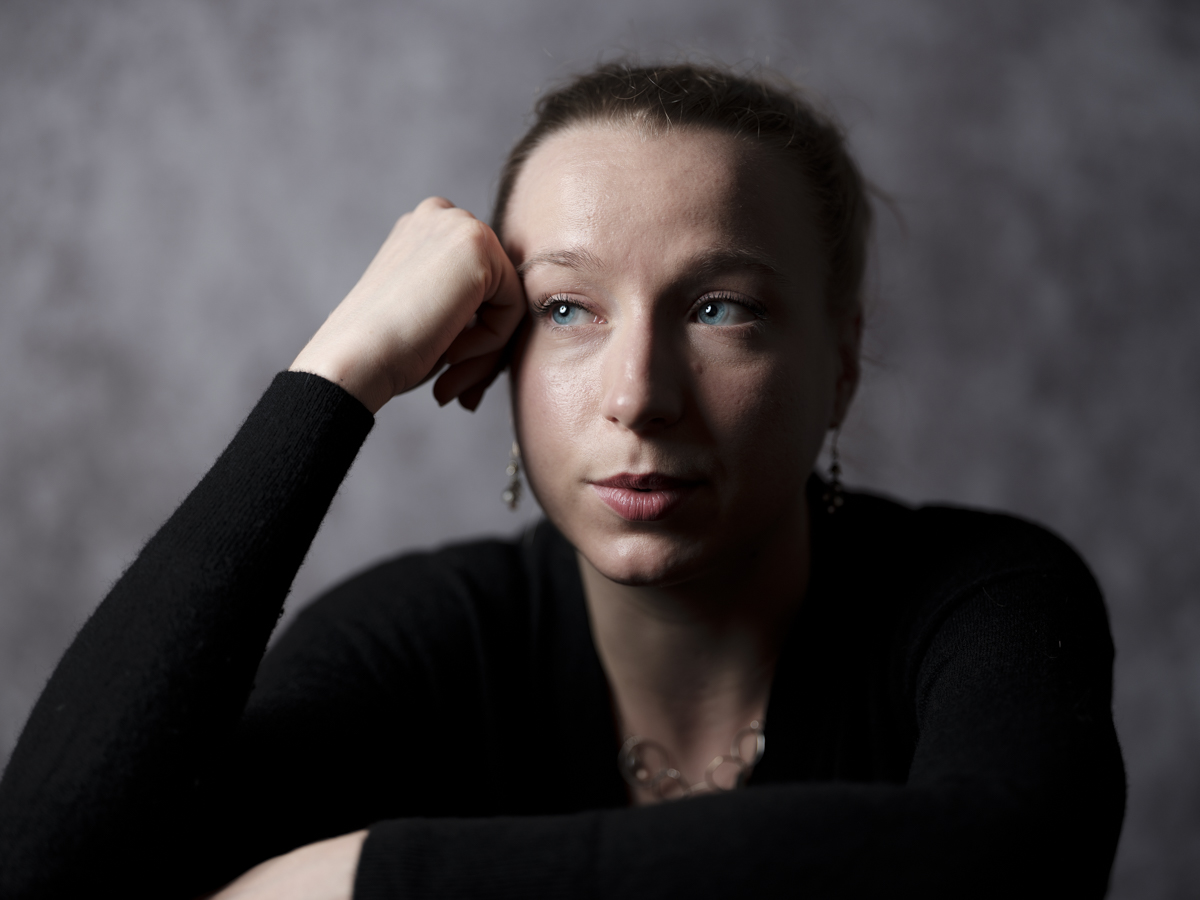Last Updated on 12/13/2017 by Chris Gampat
The FUJIFILM GFX 50S, with its larger than full frame sensor, provides photographers with a whole lot of editing power
We know what a medium format imaging sensor can do for depth of field, but photographers who are considering moving up to the FUJIFILM GFX system should know about the power of RAW files. Every photographer could always use more versatility from their digital negatives, and medium format sensors can provide that due to their larger pixels and overall larger imaging area. When you combine this with the GFX lens system, Fujifilm’s film simulations, and a solid editing program, you’re going to get images that stand out from the rest.
Editor’s Note: This is a sponsored post from Fujifilm. And if you’ve been thinking about the FUJIFILM GF system, here’s your crash course.
So how does this relate to you as a photographer?

- Landscape photographers will be able to get more dynamic range from their scene and will be able to work with the individual color channels to get an image they can print for a client. It is possible to create very natural looking, high dynamic range images from a single photo with the FUJIFILM GFX system. Fujifilm’s Velvia film simulation is perfect here.
- Portrait and editorial photographers will have a whole lot of extra pixel density for jobs that require retouching. But when combined with something like Profoto’s monolights, they can get a lot of range from their RAW files in addition to the ability to fine tune things like skin color gradation, the color of clothing, etc. Fujifilm’s ASTIA or PRO Negative film simulations are just what you need. Colors like this have been pleasing the public for years.
- Documentary photographers will be able to use the dynamic range and editing versatility to save photos they may have exposed incorrectly, within reason. Missing the moment can sometimes be the absolute worst. Fujifilm’s ACROS or PRO Negative film simulations will be most appealing to these photographers.
Indeed, this is all possible with smaller sensors to a degree, but you also tend to lose detail, color depth and overall quality as you go for smaller camera sensors. The advantages of the FUJIFILM GFX system are most apparent with lower ISO settings. Pixel per pixel, you’re going to have more details to work with when delivering a final photo. But even at higher ISO settings, you’re still going to get a number of very clear advantages. These advantages are very important for the most discerning of photographers, those who make big prints for campaigns and for fine art/gallery purposes. The FUJIFILM GFX will tackle a Times Square billboard a whole lot better than the iPhone will!
 A while back, we asked Fujifilm about why larger film emulsions tend to look better than their 35mm emulsions. That article cited:
A while back, we asked Fujifilm about why larger film emulsions tend to look better than their 35mm emulsions. That article cited:
“In photography, if all things are equal – including the type of film (e.g: Velvia 50), the camera and lens selection and the degree of enlargement – the imaging result would be the same.” says Justin Stailey, Sr. Product Development Manager, FUJIFILM North America Corp. “However, if the resulting image is a standard size for all three film formats, then we see the effect of the degree of enlargement.”
Think of it like this: Apple iPhone < APS-C < Full Frame < Medium Format. For years, photographers reached for medium format cameras and film to get a better look
Don’t believe me? Just look at DXOMark!


